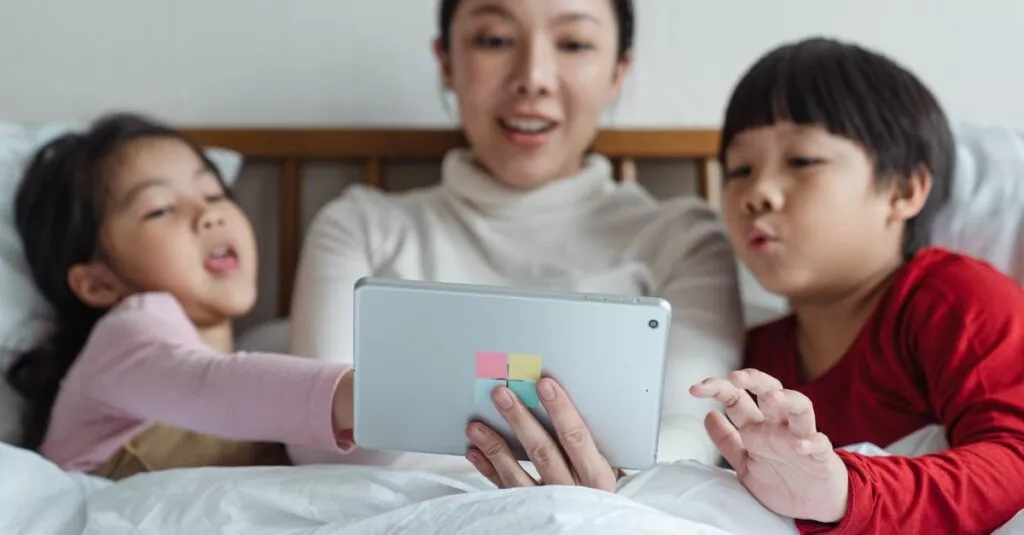Why Transition Matters
Ever noticed how easy it is to hand over a tablet to your toddler to keep them entertained? Sure, it buys you some quiet time, but too much screen time isn’t ideal. Transitioning from digital play to real-world activities can boost your child’s cognitive and physical development. And it’s not as tricky as it sounds! By making these small, consistent changes, you can set your toddler on the path to a balanced lifestyle. Plus, you’ll feel like Super Parent in the process!

Remember, finding the right balance between screen time and real-world experiences can significantly impact your child’s growth and development. So, embrace the transitions!
Signs of Digital Dependency
It’s important to recognize when screen time is becoming a problem. Common signs include tantrums when devices are taken away or constantly asking for screen time. If your toddler is obsessed with screens, they might be missing out on essential real-world skills. The key here is awareness—notice when digital dependency kicks in. Believe me, we’ve all been there. The good news is that it’s never too late to make a change!

Observing and addressing signs of digital dependency early can greatly benefit your child’s development and well-being.
Making the Switch: First Steps
Start small. Introduce real-world activities gradually to avoid meltdowns. Swap one digital activity daily for a physical one—like drawing instead of a video. Make it fun and interesting so your toddler looks forward to it. For example, if they love coloring apps, provide crayons and a coloring book with their favorite characters. I’ve tried this with my own kids, and it’s a game-changer. They now love their ‘coloring time’!

Engaging Real-World Activities
Children are naturally curious. Engage them with activities that spark their interests. Go on nature walks, build simple crafts, or cook together. Simple activities like these stimulate their minds and bodies. One time, we made animal-shaped cookies together—it was a mess, but so much fun! Also, interactive games that involve counting or identifying objects can be both educational and entertaining. Think of it as a two-in-one learning experience!

Tackling Emotional Challenges
Let’s be real—making changes can be emotionally challenging, not just for toddlers, but for you too. Expect some resistance initially. Gradually lessen screen time and be patient. Support your child emotionally by acknowledging their feelings. For example, tell them, ‘I know you love your tablet, but let’s try something different.’ When my youngest threw a tantrum the first time we tried this, we talked it through. Trust me, empathy goes a long way!
 In the content above, we have emphasized the main heading and a key phrase for emotional support. Additionally, an image has been included to visually enhance the content.
In the content above, we have emphasized the main heading and a key phrase for emotional support. Additionally, an image has been included to visually enhance the content.
Creating a Balanced Routine
A balance is vital for a happier, healthier child. Create a daily schedule that includes both digital and real-world activities. Consistency is key. Track progress and make adjustments as needed. Remember, balance doesn’t mean eliminating screens altogether—just ensure they’re part of a well-rounded day. From my experience, a mix of activities keeps my kids engaged and less likely to depend solely on screens.
Feel free to share your tips in the comments below!

